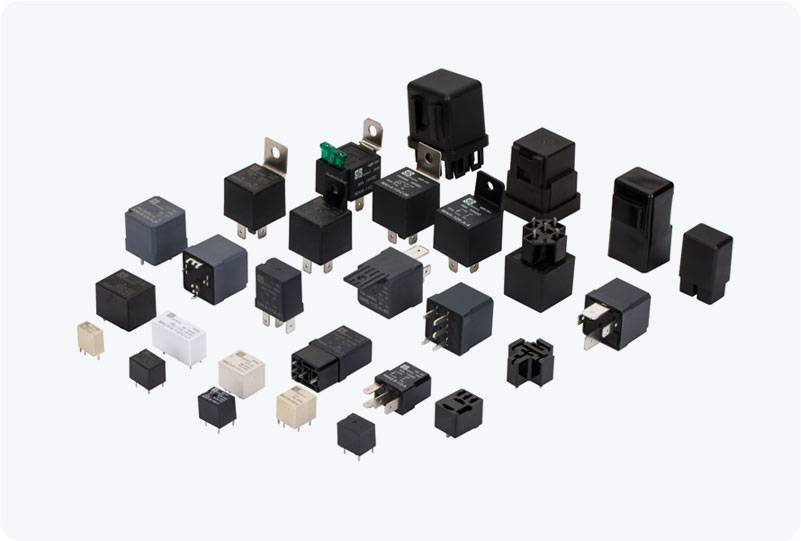The starter motor relay is a crucial component in the starting system of a vehicle. Its primary role is to transmit the electrical signal to the starter motor, enabling the engine to start. Although it may be small and often goes unnoticed, the relay plays a significant part in ensuring that the vehicle starts smoothly and operates efficiently. In this article, we will explore the function of the starter motor relay, its components, and its importance in maintaining a reliable and effective starting system.

What is a Starter Motor Relay? A starter motor relay is an electrical switch that allows a high-current flow to the starter motor when the ignition key is turned. It acts as an intermediary between the ignition switch and the starter motor. Essentially, when the ignition key is turned to the “start” position, a small electrical current is sent to the relay, which then closes the circuit to provide power to the starter motor, engaging it and enabling the engine to begin rotating. The relay is typically located in the engine compartment, near the starter motor, and can vary in design and complexity depending on the make and model of the vehicle. It is usually made of durable materials such as plastic and metal to withstand the harsh conditions in the engine bay.